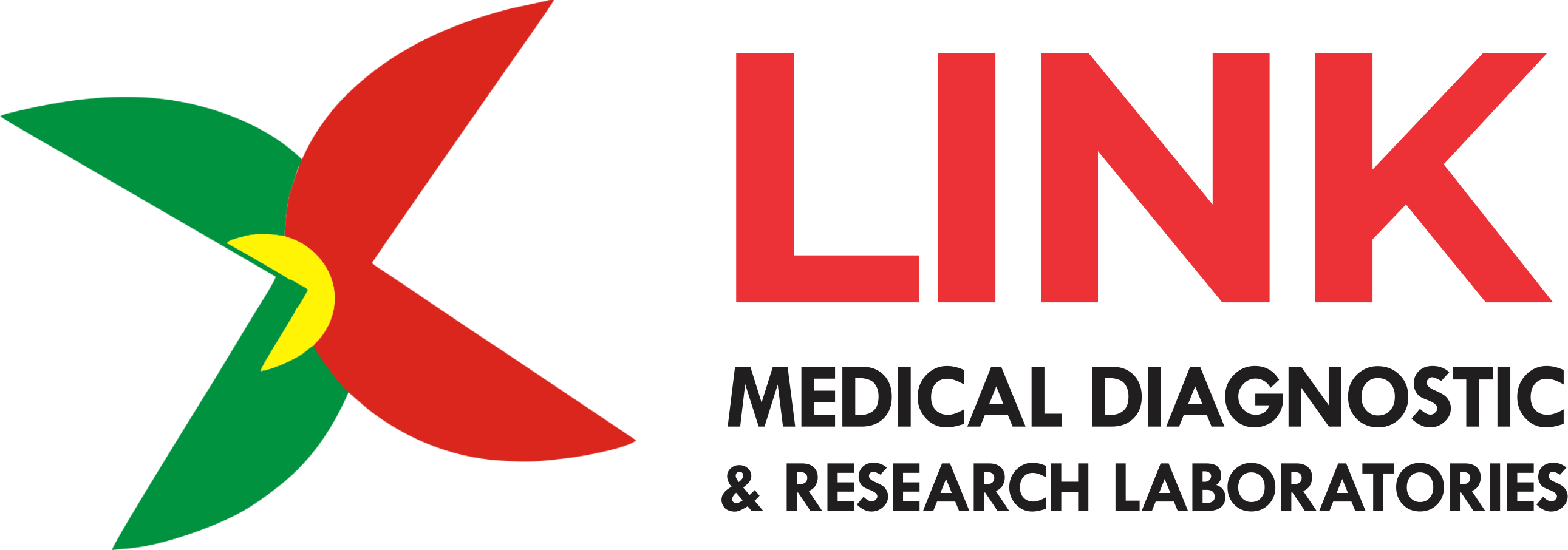
Polycystic Ovarian Syndrome (PCOS)
Polycystic ovarian syndrome (PCOS) was first discovered in Italy in 1721 but was first described as a polycystic ovarian syndrome in the year 1935 by American gynaecologists Irving F. stein, Sr. and Michael l. Leventhal, as an endocrine disorder which is the leading cause of ovulatory infertility in women.
The polycystic ovarian syndrome (PCOS) is an endocrine disorder noticed mainly in women in their reproductive age. It is characterized by the formation of cysts on the ovaries, oligo-ovulation, and excess androgen activity.
Signs and symptoms of polycystic ovarian syndrome
It is important to note that this endocrine disorder is not universally defined and the symptoms may vary, but the following are the most common signs and symptoms
- Chronic anovulation is typically the direct cause of infertility (lack of ovulation).
- Menstruation disorders or irregular menstruation: PCOS typically causes oligomenorrhea (fewer than nine menstrual cycles in a year) or amenorrhea (no menstruation for three or more consecutive months), while other menstrual diseases may also occur. And there are chances you may have trouble getting pregnant
- High levels of androgen[ masculinity hormone]: high levels of androgen may result in hirsutism [ male pattern of hair growth], and other conditions including hypermenorrhea, androgenic alopecia.
- ovarian polycystic. Possibly your ovaries are larger. On the ovary’s border, many follicles carrying immature eggs may form. It’s possible that the ovaries don’t function properly.
Studies have shown that most women diagnosed with PCOS are overweight or obese, though non-overweight women can also be diagnosed with PCOS. However, there are other associated conditions with the diagnosis of PCOS.
Causes of polycystic ovarian syndrome
The main cause of polycystic ovarian syndrome is still unknown, but it is somewhat linked to genetics, insulin resistance, and environmental factors.
Insulin resistance
Although insulin resistance is a common finding among PCOS patients, it is also common in normal-weight PCOS patients. Most women with PCOS have insulin resistance and might or not be obese. These are critical risk factors for insulin resistance.
The abnormalities identified in the hypothalamic-pituitary-ovarian axis that underlie PCOS are caused by or contribute to elevated insulin levels.
Increased LH/FSH ratio leads to increased ovarian androgen production, decreased follicular maturation, and decreased SHBG binding. Hyperinsulinemia [when the amount of insulin in the blood is higher than what is considered healthy] also increases Gonadotropin pulse frequency.
Additionally, too much insulin stimulates the enzyme 17-hydroxylase, which catalyses the transformation of progesterone into androstenedione and then into testosterone. The joint outcomes of hyperinsulinemia raise the likelihood of PCOS.
Genetics
Each infant has a 50% chance of inheriting the genetically predisposed genetic variant from a parent, and if a daughter inherits the variant, the daughter will likely have the disease to some degree. The genetic tendency appears to be autosomal dominant, with strong genetic penetrance but varied expressivity in females.
The genetic variant can be inherited from either the mother or the father and can affect both sons and daughters, who will develop PCOS symptoms or may be asymptomatic carriers and/or have symptoms like early baldness and/or abundant hair.
The elevated androgen levels released by ovarian follicle theca cells of women carrying the gene appear to play at least some role in the phenotype.
Environmental exposures
Levels of exposure during pregnancy, epigenetic factors, ecological consequences (especially those caused by industrial endocrine disruptors[ endocrine disruptors are chemicals that interfere with the endocrine system, thereby mimicking hormones such as estrogen] like bisphenol A and some medications), and rising obesity rates may all be linked to or make PCOS worse.
Diagnosis of polycystic ovarian syndrome
A pelvic ultrasound is a primary diagnostic tool for polycystic ovarian syndrome, although it is not the only one. A more straightforward method is the use of the Rotterdam
- Rotterdam criteria: according to the Rotterdam consensus, the presence of polycystic ovarian syndrome is determined if it meets these three criteria
- Oligoovulation and anovulation
- Excess androgen activity
- Polycystic ovaries.
- Although a laparoscopic examination is not a routine examination for the polycystic ovarian syndrome, however, may reveal the smooth and pearly-white surface of the ovaries.
- a blood test. Blood tests are used to measure hormone levels. Through this testing, PCOS-like causes for irregular periods or androgen excess may be ruled out. It may be necessary to take further blood tests, such those to evaluate your cholesterol and triglyceride levels following a fast. A glucose tolerance test can be used to gauge how your body responds to sugar (glucose).
Treatment of polycystic ovarian syndrome
Treatment for polycystic ovarian syndrome may include a change in one’s lifestyle as well as the use of drugs.
Medications
Different medications involved in the treatment of polycystic ovarian syndrome. Metformin and oral contraceptives are two PCOS medications. Oral contraceptives enhance the globulin that binds sex hormones, increasing the affinity of male hormones.
This controls the return to regular menstrual cycles and lessens the signs of hirsutism brought on by elevated testosterone. To lessen insulin resistance, type 2 diabetes mellitus patients frequently use the drug metformin. Metformin frequently promotes ovarian health and a return to frequent ovulation.
Spironolactone can be taken for its antiandrogenic qualities, and the topical lotion eflornithine can be used to reduce face hair. Although the thiazolidinediones (glitazones), a more recent class of insulin-resistance drugs, have demonstrated equal efficacy to metformin, it is true that metformin has a superior safety profile. PCOS can make ovulation sporadic, making it challenging to get pregnant. Clomiphene, an ovulation inducer, and pulsatile leuprorelin are examples of medications used to increase ovulation when trying to conceive.
Stay healthy
Eating healthy food, and regular exercise as weight loss can lower insulin levels,
